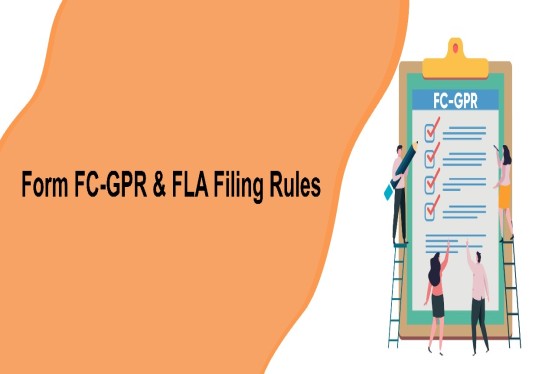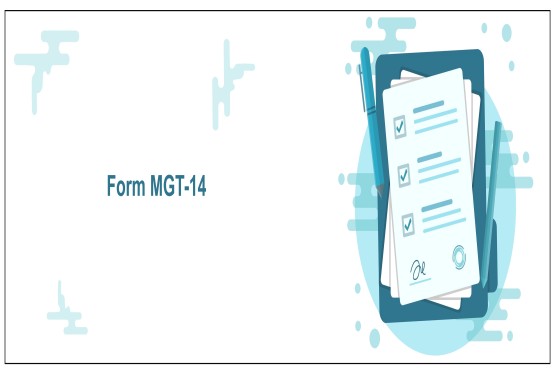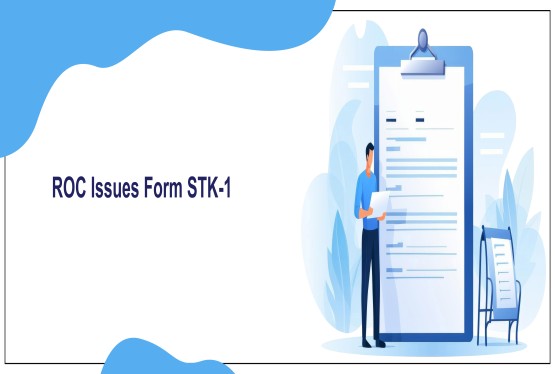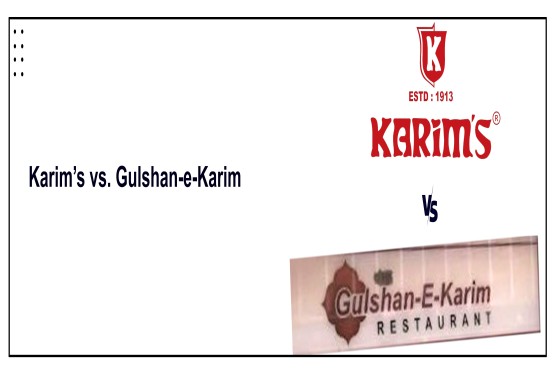MOU full form is Memorandum of Understanding, it’s a formal, non-binding agreement between two or more parties that outlines a mutual understanding or plan of action. While it is not legally enforceable like a contract, it serves as an important tool in clarifying expectations, responsibilities, and intentions before formalizing a more binding agreement. MOUs are often used in business, government, and international relations to signal the intention to collaborate or partner on a project.
In India, the legal basis for MOUs stems from the Indian Contract Act, 1872. Section 10 of the Act defines contracts and describes the conditions under which an agreement becomes legally binding. Though MOUs are generally non-binding, they set the groundwork for more detailed contracts or agreements in the future.
Key Features of an MOU
-
Non-binding nature: Unlike contracts, MOUs generally do not have the force of law, but they hold significant value in setting the stage for future agreements.
-
Clarification of roles and responsibilities: It defines what each party will do in the collaboration, ensuring clear communication and reducing the potential for misunderstandings.
-
Outline of intentions: An MOU expresses the intent of the parties to work together toward a common goal without exchanging money upfront, though it may include provisions about the resources each party will contribute.
-
Formal, yet flexible: It is more formal than a handshake but less binding than a contract and is used as a precursor to more formal negotiations or agreements.
Importance of an MOU
An MOU holds significant value even though it’s non-binding. It helps parties set clear expectations and prevents potential misunderstandings. In business and government, it is a vital tool for collaboration, signalling a step toward future contractual obligations. It is especially useful in negotiations for joint ventures, partnerships agreement, and international agreements where both parties aim to establish mutual goals before committing to a formal contract.
Common Components of an MOU:
-
Parties Involved: Identification of the parties involved, including names, addresses, and relevant details.
-
Purpose and Objectives: A clear statement of the purpose of the MOU and what the parties hope to achieve through their collaboration.
-
Roles and Responsibilities: A breakdown of each party’s specific duties, including resources, funding, and expertise to be contributed.
-
Confidentiality Provisions: Clauses that protect sensitive information shared during the collaboration.
-
Termination and Dispute Resolution: Conditions under which the MOU can be terminated, as well as mechanisms for resolving any disputes that may arise.
-
Governing Law: Specification of the legal jurisdiction under which any disputes will be handled.
-
Signatures and Dates: Official signatures and the date of agreement, indicating the parties’ acceptance of the MOU's terms.
Difference Between MOU and MOA
While both an MOU (Memorandum of Understanding) and an MOA (Memorandum of Agreement) convey a mutual understanding between parties, MOAs are legally enforceable, whereas MOUs typically are not. An MOA is a more formal and binding agreement that can be enforced in a court of law, whereas an MOU usually serves as a framework for future negotiations.
Steps to Draft an MOU (Memorandum of Understanding)
-
Identify the Parties Involved: Clearly name and describe all parties to avoid any ambiguity.
-
Define the Purpose: Outline the purpose and objectives of the agreement to establish a clear mutual understanding.
-
Roles and Responsibilities: Define what each party is expected to contribute.
-
Specify Terms and Conditions: Address important elements such as the duration, resources, and conflict resolution mechanisms.
-
Confidentiality Provisions: Include clauses to protect sensitive information.
-
Termination Clauses: Define the process and conditions under which the MOU may be terminated.
-
Specify Governing Law: State the legal jurisdiction for resolving any disputes.
-
Signatures and Dates: Include signatures from all parties and the date of signing to formalize the MOU.
Advantages of a Memorandum of Understanding (MOU)
-
Clarity and Direction: An MOU provides a clear understanding of the goals, roles, and responsibilities of each party involved. It helps prevent misunderstandings by outlining the expectations and intentions of the parties early in the process.
-
Low-Cost and Flexible: Unlike formal contracts, MOUs do not require expensive legal fees or complex procedures. They are relatively simple to draft and can be adjusted or amended as necessary. This makes them a cost-effective option for preliminary agreements.
-
Prevents Miscommunication: By documenting the intentions and responsibilities of each party, an MOU minimizes the risk of misunderstandings during the negotiation phase and clarifies what each party has agreed upon.
-
Non-binding but Serious: While an MOU is generally not legally enforceable, it holds substantial weight in business dealings. It indicates a serious commitment from both parties to move forward with the collaboration or partnership, and it often serves as a stepping stone to more formal contracts.
-
Fosters Cooperation: The process of drafting an MOU often involves discussions that promote collaboration and mutual understanding. It helps establish a working relationship and builds trust among the parties before committing to a formal contract.
-
Speed and Flexibility: Compared to formal contracts, MOUs can be created quickly and with minimal bureaucracy. This is particularly useful in fast-moving industries or for situations requiring prompt action.
-
Useful for Strategic Partnerships: MOUs are often used as the initial framework for establishing joint ventures, partnerships, and alliances, allowing parties to outline their expectations without diving into the complexities of a full contract.
-
Confidentiality and Privacy: MOUs can include clauses to protect confidential information, making them ideal for situations where parties need to discuss sensitive details before formalizing a full agreement.
Disadvantages of a Memorandum of Understanding (MOU)
-
Non-binding Nature: The primary disadvantage of an MOU is that it is typically not legally enforceable, meaning that if one party fails to fulfill their obligations, the other party may not have legal recourse unless further legal agreements are made. This can lead to potential disputes without clear mechanisms for resolution.
-
Ambiguity in Enforcement: Because MOUs are non-binding, they may lack the legal protection and enforceability that a formal contract would provide. If a dispute arises, it may be difficult to hold parties accountable for failing to meet their responsibilities.
-
Limited Detail: MOUs are not as detailed as contracts, and they may not cover all aspects of the collaboration. This could lead to gaps in understanding or expectations, particularly in complex business relationships that require a more structured agreement.
-
Possibility of Misuse: Some parties may use an MOU to create an illusion of commitment or cooperation without actually intending to follow through on the terms. This can lead to frustration or a breakdown in the relationship if one party does not act in good faith.
-
Lack of Legal Protection: While an MOU helps parties define expectations, it does not provide the same legal protections as a formal contract. This could leave parties vulnerable if something goes wrong or if one side breaches the agreement.
-
Not a Substitute for a Contract: An MOU is typically used as a precursor to a more formal agreement. If parties expect to formalize the terms into a legally binding contract, the MOU alone is insufficient to address all legal complexities.
-
Confidentiality Risks: Although MOUs can include confidentiality clauses, there is still a risk of sensitive information being disclosed if proper safeguards are not put in place. Since MOUs are not legally binding in the same way as non-disclosure agreements (NDAs), confidentiality provisions may not always offer the same level of protection.
Final Words
A Memorandum of Understanding (MOU) is a highly valuable tool for outlining mutual goals, responsibilities, and expectations between two or more parties. It serves as an initial agreement, often leading to the formation of more formal contracts or agreements. The main advantages of an MOU include its clarity, flexibility, and low cost, making it an ideal instrument for laying the groundwork for strategic partnerships and collaborations. It helps prevent misunderstandings, fosters cooperation, and can serve as a precursor to more binding legal documents.
However, the non-binding nature of an MOU can also be a significant drawback, as it may lack enforceability in the event of a dispute. While MOUs provide structure, they do not offer the same level of legal protection as formal contracts, and their simplicity might leave some important details uncovered.











































































_crop10_thumb.jpg)


































































_crop10_thumb.jpg)
_crop10_thumb.jpg)



_crop10_thumb.jpg)


_crop10_thumb.jpg)





_crop10_thumb.jpg)

_crop10_thumb.jpg)














-suratgujarat-section-158_crop10_thumb.jpg)
-suratgujarat_crop10_thumb.jpg)
-(33)_crop10_thumb.jpg)



-ahmedabad_crop10_thumb.jpg)
-learn_crop10_thumb.jpg)

-learnn_crop10_thumb.jpg)


























































_crop10_thumb.jpg)























_Guidelines_learn_crop10_thumb.jpg)























_learn_crop10_thumb.jpg)
_crop10_thumb.jpeg)










_crop10_thumb.jpg)




_Second_Amendment_Rules,_2025_learn_crop10_thumb.jpg)







_learn_crop10_thumb.jpg)












































_learn_crop10_thumb.jpeg)























_learn_crop10_thumb.jpg)



_rd_roc_learn_crop10_thumb.jpg)
















_learn_crop10_thumb.jpg)














_learn_crop10_thumb.jpg)
_Learn_crop10_thumb.jpg)















